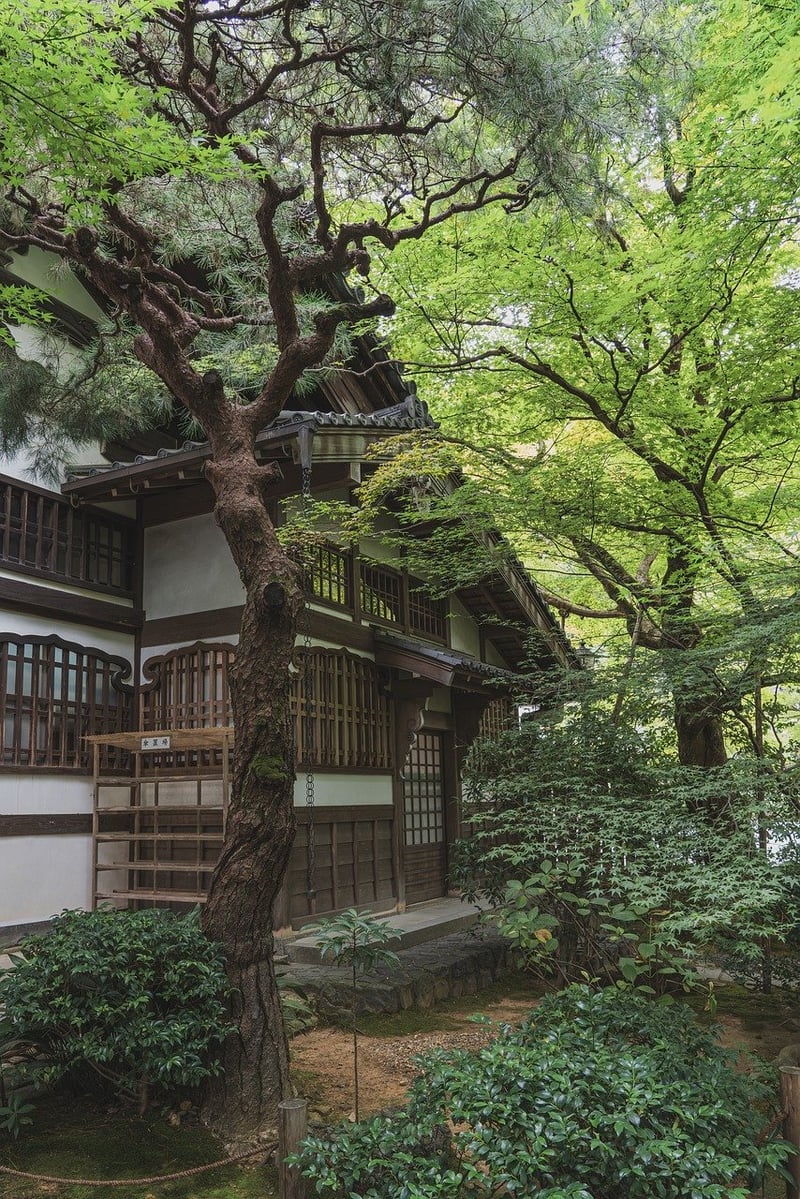Curved Patterns
The Art of Raking in Zen Gardens: Curved Patterns
Zen gardens, also known as Japanese rock gardens or dry landscape gardens, are designed to evoke tranquility, meditation, and a sense of harmony with nature. One of the key elements in Zen gardens is the art of raking, which involves creating intricate patterns in the gravel or sand using a wooden rake. In this article, we will explore the practice of raking in Zen gardens, focusing specifically on the use of curved patterns to enhance the overall aesthetic and meditative experience.
The Importance of Raking in Zen Gardens
Raking in Zen gardens is not merely a decorative activity but a form of moving meditation. It requires focus, patience, and attention to detail, making it a mindful practice that can help calm the mind and promote inner peace. The act of raking is symbolic of purification, as it is believed to sweep away negative energy and distractions, leaving behind a clean slate for contemplation.
Curved Patterns in Zen Garden Raking
While straight lines and geometric shapes are commonly used in Zen garden raking, curved patterns offer a more fluid and organic feel. Curves can represent flowing water, wind-blown ripples in sand, or the gentle movement of nature. By incorporating curved patterns in raking, gardeners can create a sense of movement and harmony that mimics the natural world.
Types of Curved Patterns
There are various types of curved patterns that can be raked in Zen gardens, each with its own significance and visual impact:
- Spirals: Spirals symbolize infinity, growth, and the cyclical nature of life. Raking a spiral pattern can evoke a sense of continuity and interconnectedness.
- Wave Patterns: Wave patterns mimic the ebb and flow of water, creating a calming and rhythmic effect in the garden.
- Circles: Circles represent unity, wholeness, and the cyclical nature of existence. Raking circular patterns can promote a sense of completeness and balance.
Creating Curved Patterns in Zen Gardens
To create curved patterns in Zen gardens, gardeners typically use a wooden rake with prongs that can be dragged through the sand or gravel. By varying the pressure and angle of the rake, intricate curves and designs can be formed. It is essential to approach raking with a calm and focused mindset, allowing the patterns to emerge naturally and intuitively.
Conclusion
Raking in Zen gardens, especially using curved patterns, is a practice that blends artistry, mindfulness, and symbolism. By incorporating curved designs into the garden, practitioners can deepen their connection to nature, promote relaxation, and cultivate a sense of inner peace. The beauty of curved patterns lies not only in their visual appeal but also in the meditative process of creating them.
Embrace the art of raking in Zen gardens with curved patterns, and let the gentle flow of lines guide you on a journey of tranquility and harmony.


